how long does it take for a cavity to form under a crown
In this particular case the decay was so deep that her only option was extraction see below for why extraction was her only options. Taking your child to their pediatric dentist twice a year for cleanings and other preventative treatments not only reduces the risk of developing cavities but it also slows the growth of cavities and allows their dentist to catch decay before it.

Cavity Under Crown All You Need To Know About Crowned Tooth Pain
This is why it is important to maintain proper oral hygiene to remove the plaque from your teeth.

. This can take months and even years to cause the amount of damage that calls for a filling root canal or crown from your dentist. If a person has bad oral hygiene a cavity can form in the space between the crown and the real tooth. In fact this is the single biggest reasons that they fail or need to be replaced.
If a crown is not well. But even after a crown is done there is still a margin where the ceramic of the crown meets the margin of the tooth see picture. This procedure involves the surgical removal of bone to allow the dentist access to an area of decay along the side of your tooth.
When a crowned tooth has a cavity here are three possible solutions. Summitts textbook of operative dentistry the repair of teeth states that it may take 4 to 5 years before the demineralization process has progressed through a tooths enamel. This leads to a weakening of the tooth and can ultimately lead to an actual hole aka cavity in the tooth.
How often the patient gets a dental cleaning. Photos and X-rays of Cavities Under a Crown. Cavities are most frequently treated with a filling but in cases of serious tooth decay a crown or a combination or a filling and crown may work better.
As the bacterial plaque in your mouth produces acid after eating your dietary sugar that acid slowly eats away at your enamel taking months or even years to cause the type of damage that requires a filling crown andor root canal therapy from your dentist. Cavities can form quicker near the gumline because tooth enamel is thinner near the gum line. Even with the best materials and techniques there is always going to be a microscopic gap in this area.
How large the microgaps are and the cement used to fixate the crown to the tooth. This step typically takes 50 to 90 minutes to complete. There is also a risk that your dentist will fail to drill out some of the decay.
A filling a new crown or an extraction. Preparing Your Tooth for a Dental Crown. In most other cases the dental crown probably will need to be removed the cavity filled and a new crown placed on top.
Dental decay known less formally as dental cavities occurs when bacteria inside the mouth ingest certain foods and then attack the teeth. Decay can occur on any part of any tooth in the mouth. A crown is necessary when a tooth is so heavily restored with fillings that the remaining tooth structure is weakened.
Because a crown covers most of the tooth it is only possible to fill a cavity in a crowned tooth if that cavity is one the crowns margins. The longevity of a crown depends on several factors. However there are particular factors that accelerate a cavity to fully form.
When the enamel on your teeth is dissolved by the acids in the plaque cavities are formed. Crowns typically last between 5 and 20 years. I learn today that the upper crown does in fact has a place at the gum line and the xray showed cavity under the crown.
This usually only occurs when correct brushing flossing and overall hygiene is not maintained making it all the more possible for plaque. Enamel with lots of minerals will take longer to get a cavity than. Regular dental checkups and cleaning are key to catching cavities early.
Weaker enamel such as in children under six years old decays more easily thus allowing cavities form in less amount of time. If a cavity is along the margin of a dental crown and does not go very deep into the tooth it might be able to be fixed with normal dental filling material. Instead the process of decay is gradual.
Speak with your local dentist lakewood has to offer or. Dentin is the tissue that lies under the enamel. After your tooth is restored properly a new crown will be needed.
Enamel is tough and comprised of minerals which means it will take longer for a cavity to develop in enamel than in a tooths dentin. This is the area of the crown which is known as the margin the junction where the tooth and crown meet. Then your dentist will build up the core of the tooth if the crown requires additional support.
Its softer than enamel which makes it more sensitive to damage from acid. PaindiscomfortTypically you would not have to do a bridge or implant immediately after the tooth is removed. If the tooth has large enough decay that your dentist cannot replacerestore it and the tooth must be removed then you do have some risks1.
Also the tooth next to it crowned has a very large cav ity under it. In the majority of situations a new crown will be fabricated in order to properly seal and cover your tooth after decay. See answer 1 Best Answer.
A cavity can form under a crown. Below is a bitewing x-ray. If plaque is allowed to form at the margin and not removed then a new cavity will eventually form and you will need your crown to be replaced.
Some crows may fail sooner and some may last longer. I had first diagnosed this nearly a year ago primarily based on the x-ray. At this point we worry the tooth will fracture and need to be extracted so we crown it.
The density of the tooth enamel is also key. While it is not possible for crowns themselves to produce cavities or decay the teeth can still develop cavities around the edges of the tooth restoration or form underneath the restoration. You can absolutely get new cavities under fillings or crowns.
Sometimes a cavity will form under a crown or around an existing filling. How often the patient brushes and flosses well. New Custom Dental Crown.
Fixing a Cavity Under a Dental Crown. Your dentist will check your teeth for soft spots or will take X-rays to examine between your teeth. The x-ray shows the definite shadow of decay underneath a crown.
First your dentist will remove any decay if present and measure your tooths outer portion to ensure the crown will fit properly and precisely. A filling can be created from a number of materials including amalgam porcelain gold or resin which looks like your natural teeth. Cavities dont form over night.
Every crown or filling has an interface where it meets your original tooth structure. The crown that broke off has to have some building up on it therefore the crown that got put back on today will have to be replaced. The actual amount of time that it takes for any one cavity to form will probably lie on the order of at least many months and quite possibly even probably longer.
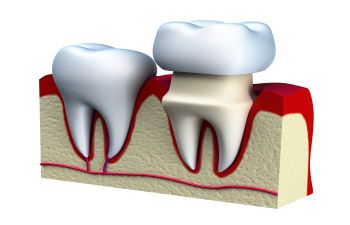
There S Decay Under My Crown Now What
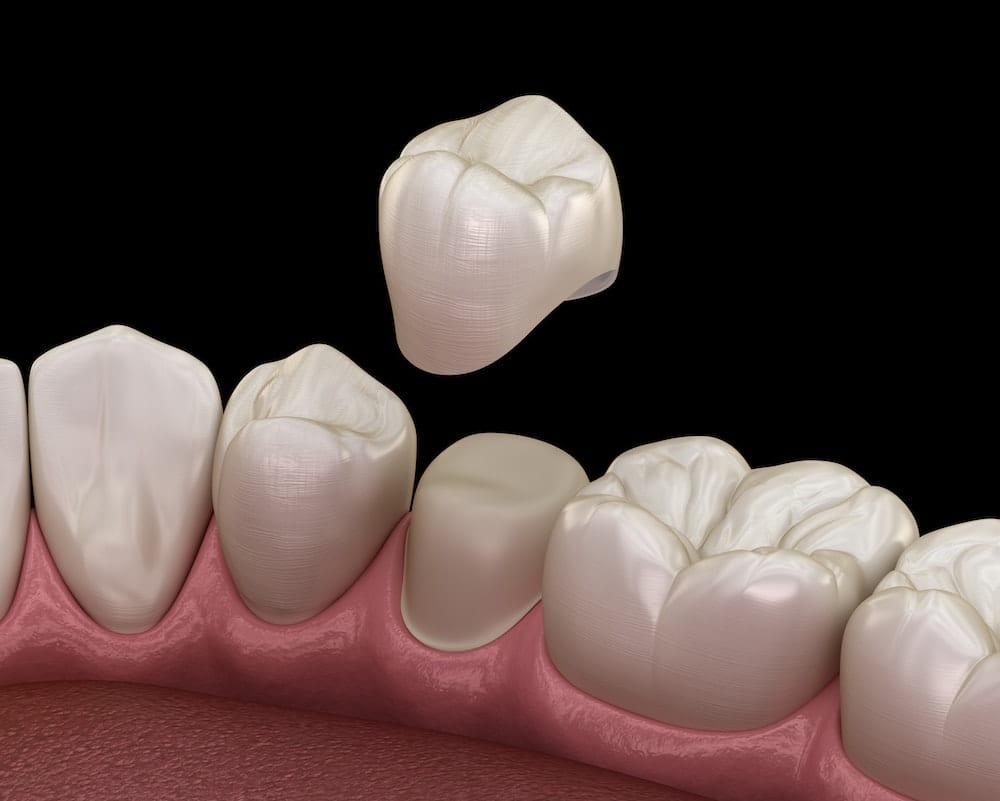
Do Crowns Get Cavities Gentle Care Dentistry

Do You Need A Crown For Your Back Molar Geach Dental Blog

5 Types Of Dental Crowns Procedure Aftercare Costs

Root Cavity Causes Symptoms Diagnosis And Treatment
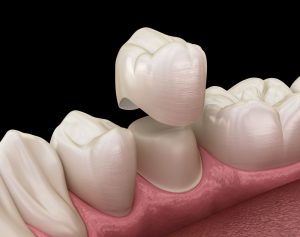
Dental Crowns In Piedmont How Long Do Crowns Last Tylan Creek Family Dentistry
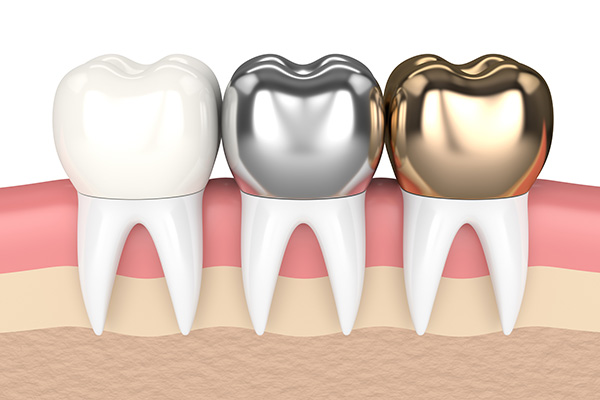
Metal Crowns Vs Porcelain Dental Crowns

What To Expect When You Get A Dental Crown
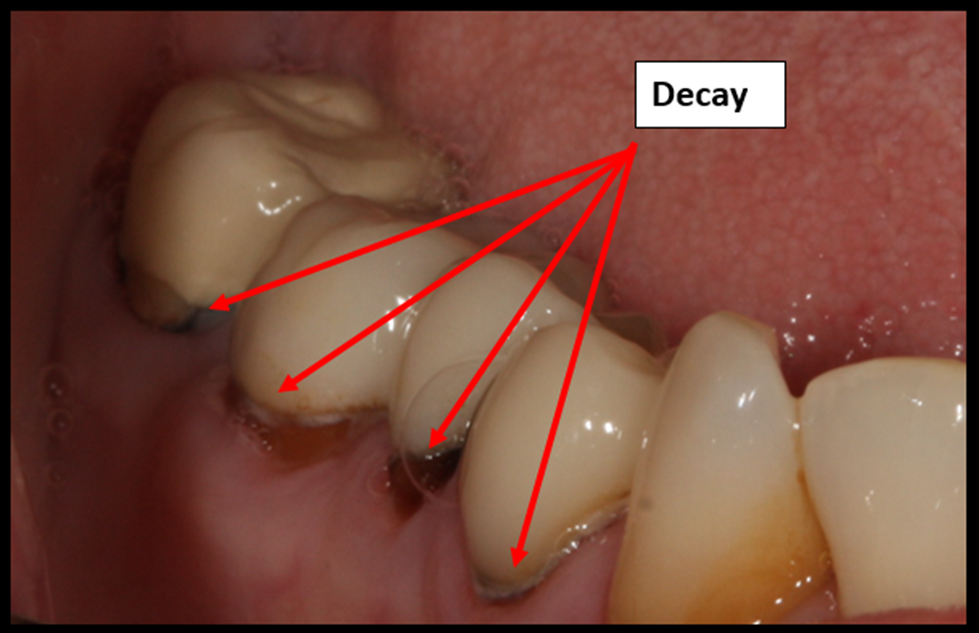
What A Crown Can Get A Cavity On It Summit Dental

Dental Crown Procedure Healthdirect

Cavity Under Crown All You Need To Know About Crowned Tooth Pain
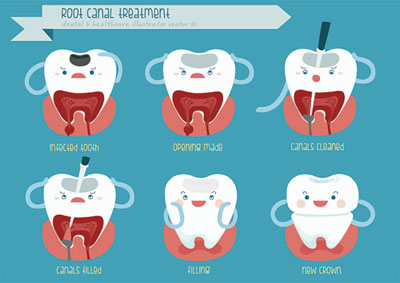
Visit A Root Canal Dentist To Have An Infection Removed Carolina Smiles Family Dental Brevard North Carolina
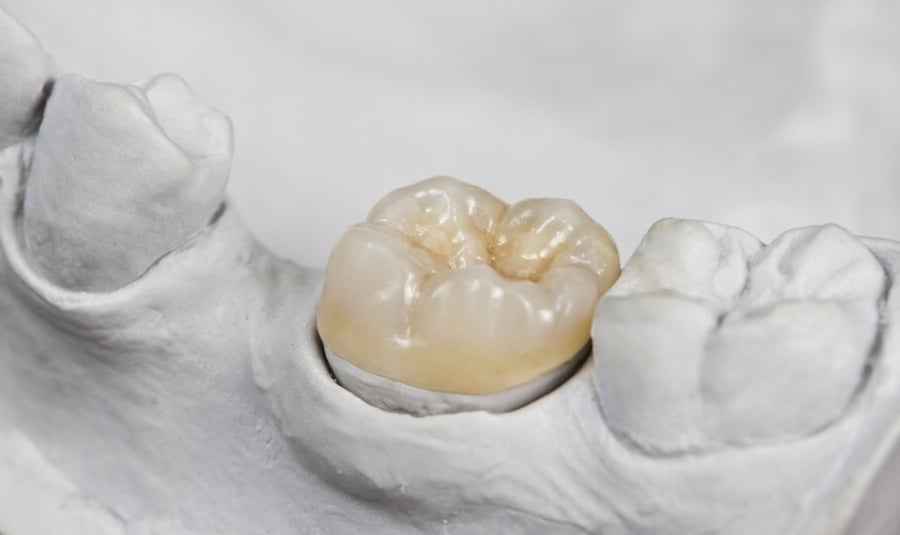
Do I Really Need A Crown How To Avoid Crowns
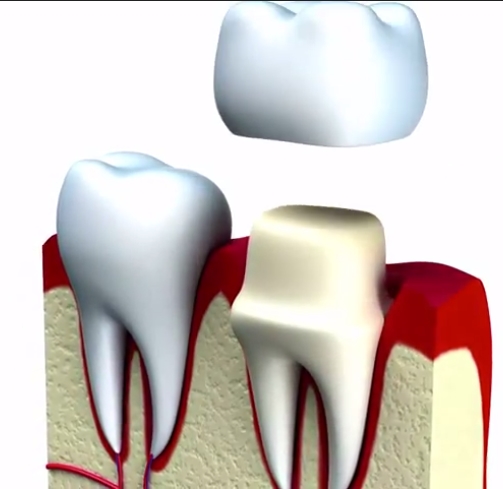
Detecting Tooth Decay Under Crowns Elsinore Smiles
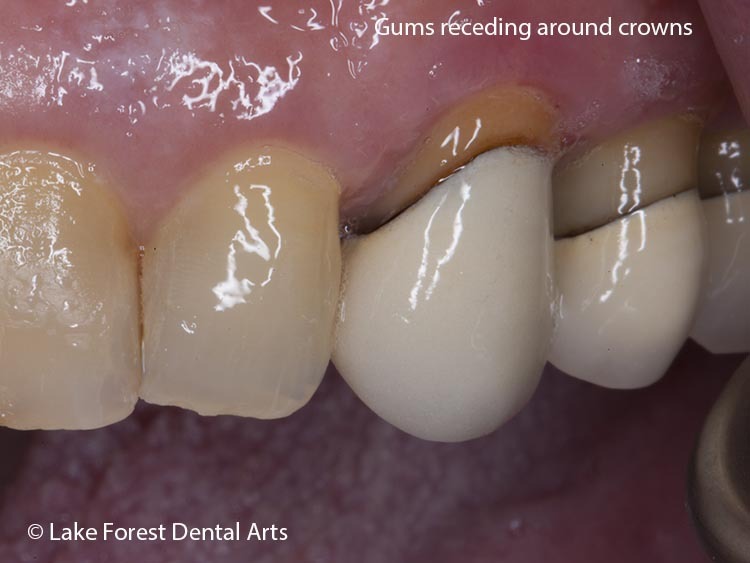
Gum Receding Around Crown Does Dentistry Cause Recession
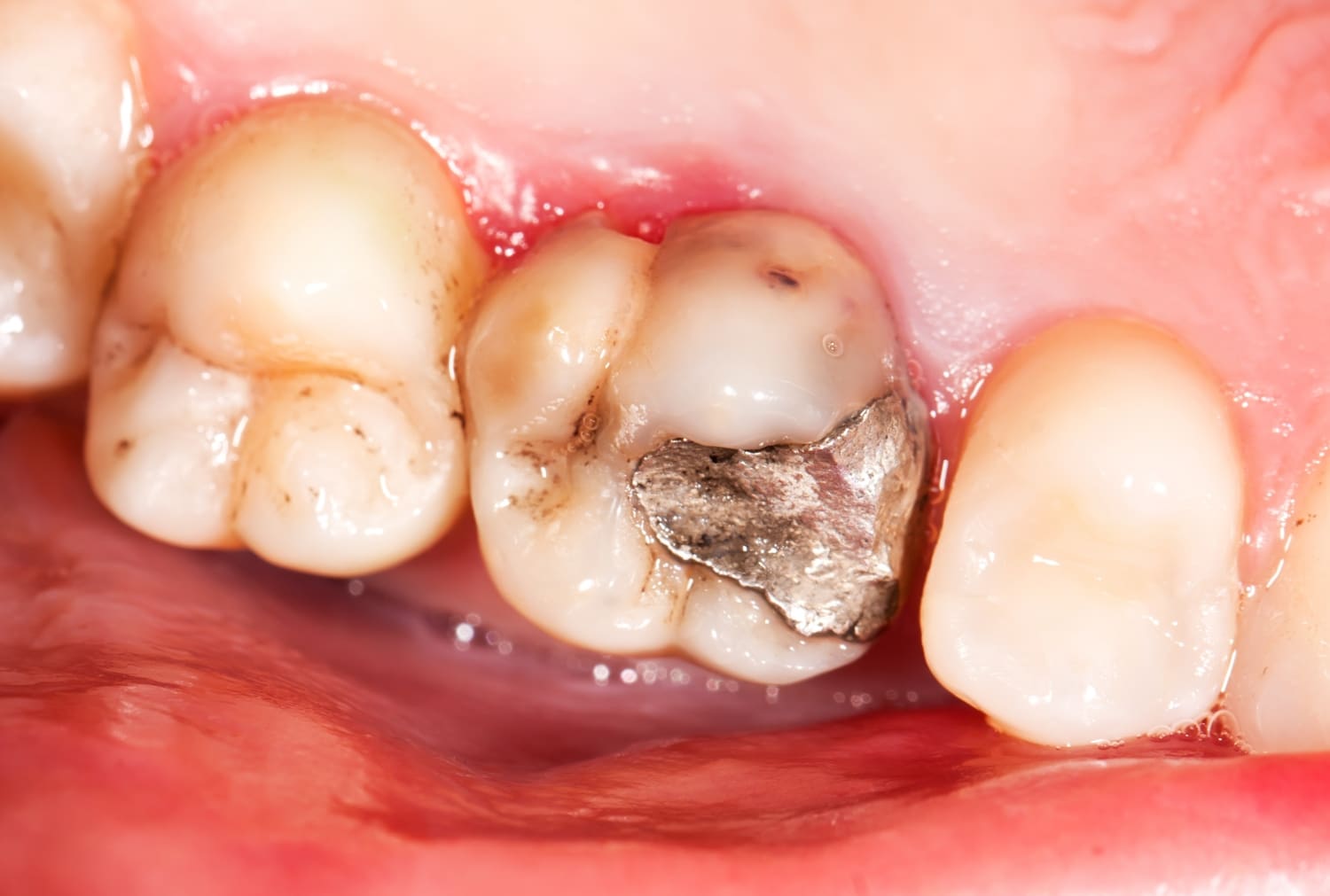
Decay Under A Dental Crown Patient Case Study Adler Cosmetic Family Dentistry
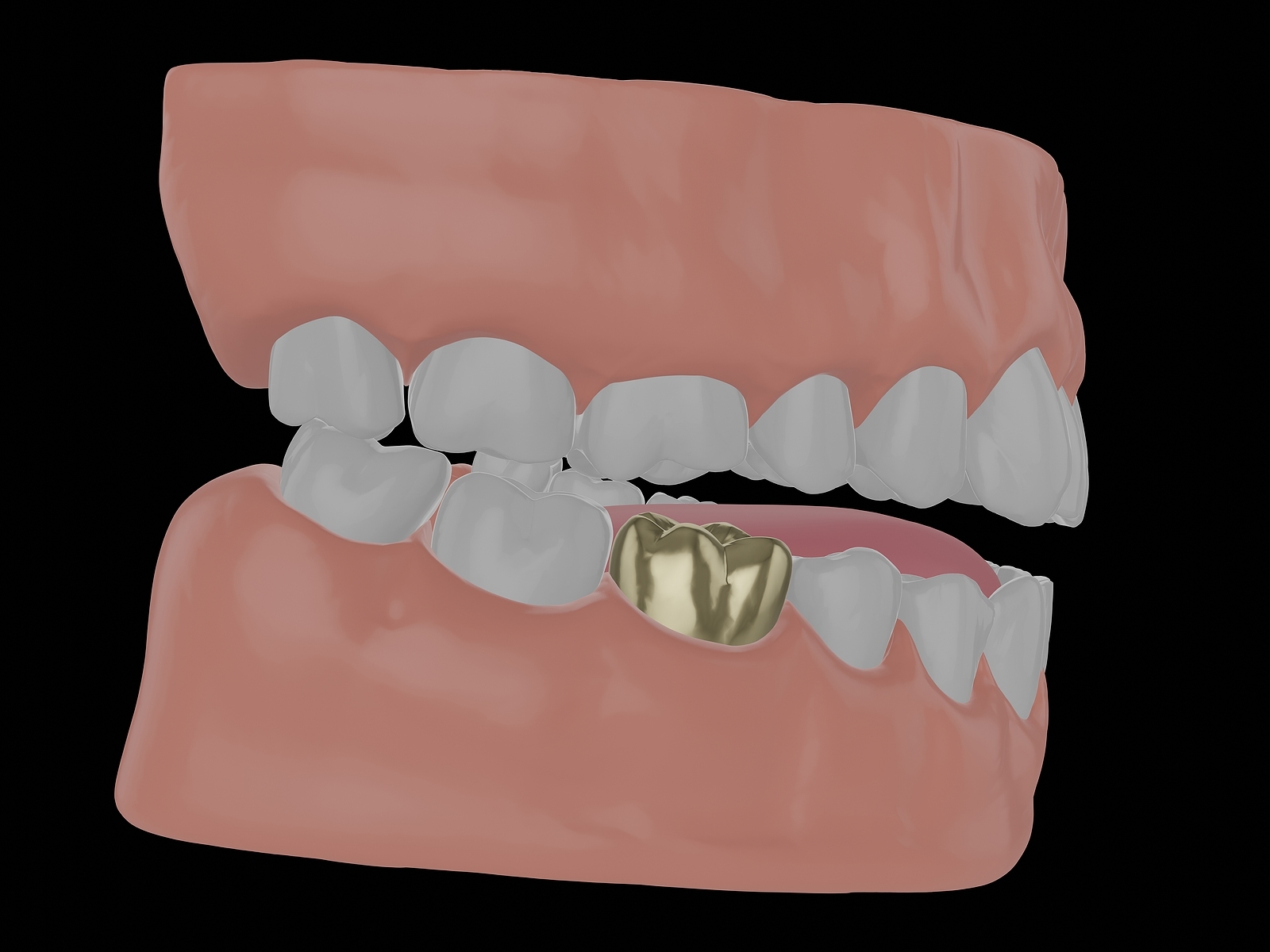
What Is A Gold Tooth Crown And What Are The Benefits
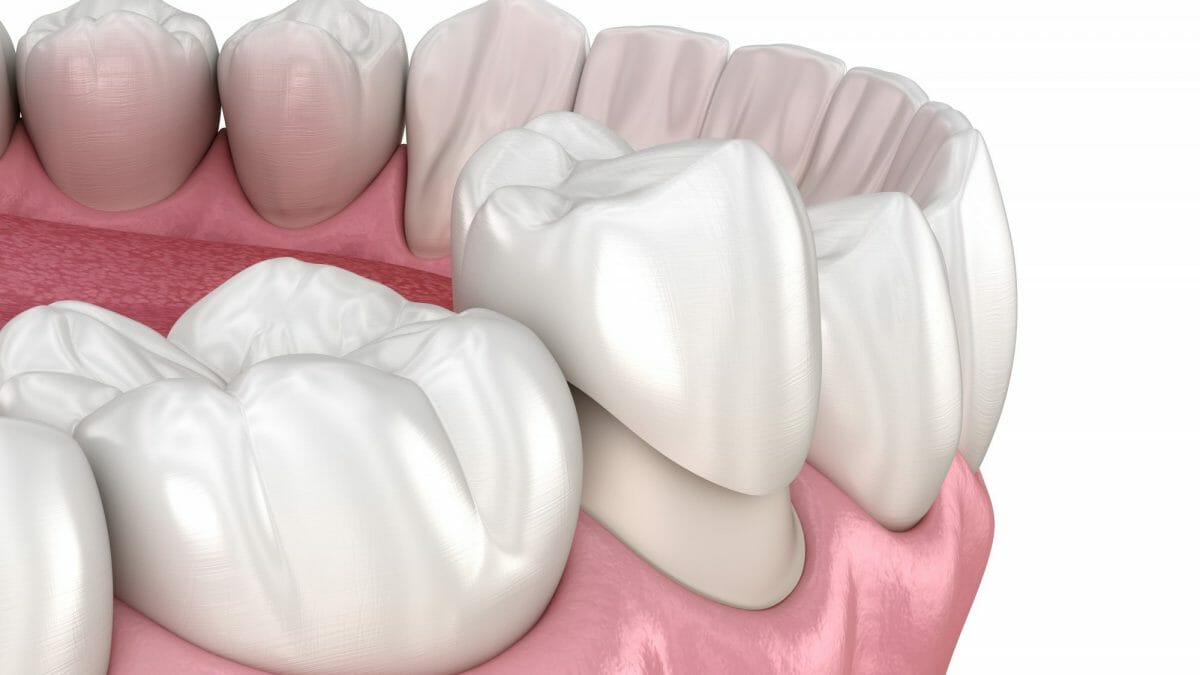
Dental Crown Materials Westerville Dental Associates

Dental Crown Procedure A Dental Center
0 Response to "how long does it take for a cavity to form under a crown"
Post a Comment